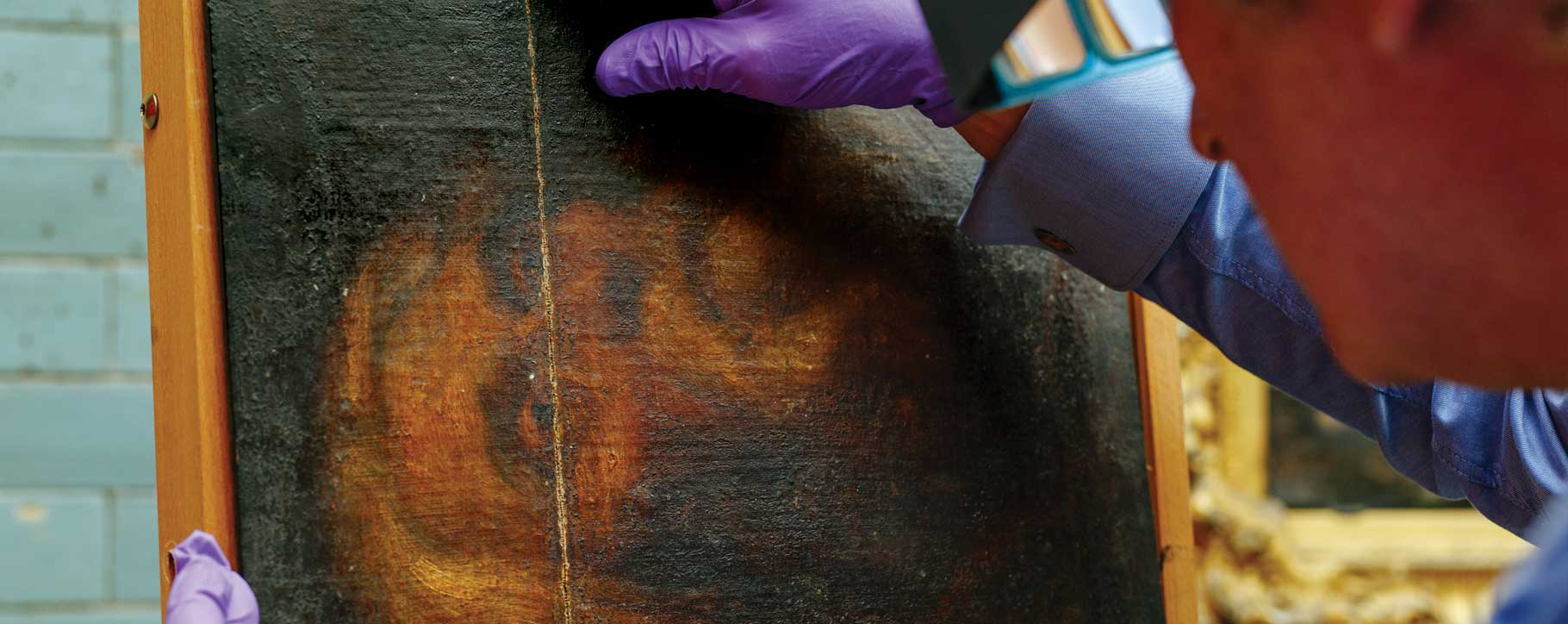
A key reason why seeking proper valuations for artworks is so important is to ensure they are consequently not underinsured.
If a single artwork or collection is prescribed a lower value and level of insurance than it actually should have, it can have knock-on effects should an incident occur where the artwork is damaged and restoration is required.
Policyholders will have gained a good indication of the value of artworks, either at the point of sale or from a more recent valuation. Regularly obtaining valuations is very important and if an individual has been given artwork from a relative, they may not be aware of its potential value.
In the event that artworks are damaged and require restoration, the possibility of them being underinsured becomes an acute issue. A recent case we assisted with provides a perfect example.
Our client had a collection of Warhols that had been damaged in a boiler incident, after which it transpired that they had been last valued some time ago, and now at two thirds less than their current value. It was therefore clear that they had also been underinsured, as the coverage was applicable to the supposed rather than current value.
In this example, the policyholder was fortunate that the restoration requirements were not significant nor a beyond-economical-repair (BER) situation and as such the restoration costs were justified for the work to proceed. If they were deemed as BER then this could have resulted in significant implications for the client.
If multiple contents are damaged, the claim can start to stack up. If the value of the collection has not been reviewed or even carried out, then a number of pieces may prove to be underinsured or not be fully covered. One example recently demonstrated this scenario. The insured had recently moved home and had a large collection of artworks stored in one room ready for unpacking. An escape of water damaged a large proportion of the collection. Discussions with the loss adjuster and insurer highlighted how the collection was underinsured, resulting in the insured having to prioritise artworks for restoration. This can lead to an already difficult situation becoming even more stressful. The consequence means either possibly having to forfeit some items to be restored in favour of others, or personally funding the restoration for those where the claim can’t extend to cover.
It is important to note that if the damage is insignificant to an artwork, it is likely that the restoration costs will be within the parameter of the artwork’s original value and so will be covered by the current level of insurance. Problems more specifically arise when there are a number of artworks by a high profile and current artist, as the value of work by contemporary artists changes more quickly.
With regards to obtaining valuations, for contemporary artworks that still generate much interest such as Andy Warhol and Banksy, it is sensible to seek valuations more frequently, at a minimum annually or at more regular intervals. For established artists and Old Masters, there may be less of a fluctuation in value, but regular valuations should still be considered in the region of every three to five years. Although generally, Old Masters are less likely to fluctuate, it is prudent to check and keep informed with the art market as some artists such as Artemisia Gentileschi have recently experienced a resurgence.
By encouraging clients to ensure the value and insurance level of artworks is accurate, any unnecessary and unexpected costs at the expense of the insured can be minimised or avoided.






